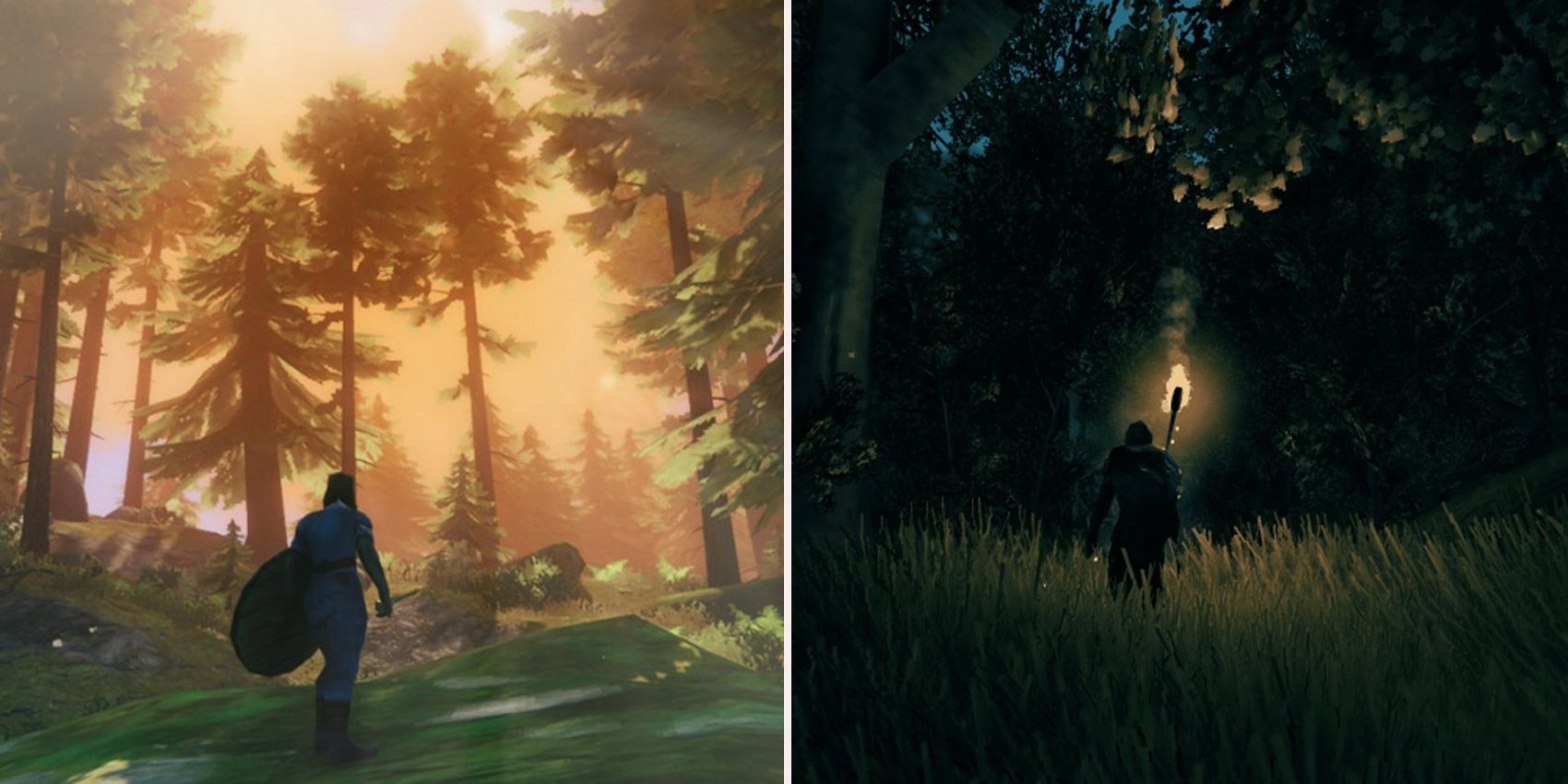
Valheim is a unique success story in the realm of indie-survival games. The category is filled with countless games, most of which are trapped in early access with little to no hope for the future. Valheim stands apart from most of those games with its incredible early success with fans and the commitment to continued support and improvement. One aspect of the game that players love is that there can be more than two or four players surviving together on a single server.
RELATED: Valheim: 10 Essential Items To Take Before Farming Anything
Servers can host up to 10 players, and that means there will oftentimes be some competition for resources with larger groups of players. Flint is one of the most important early-game items for players to gather as it leads to many improvements that are critical to advancing in the world. Perhaps the most salient items that require flint are the Tanning Rack (which upgrades the Workbench to level 3) and the Flint Axe, which allows players to cut trees faster and more efficiently. Flint can be difficult to locate though, and a lot is needed, so it will be important to learn the best places to find it.
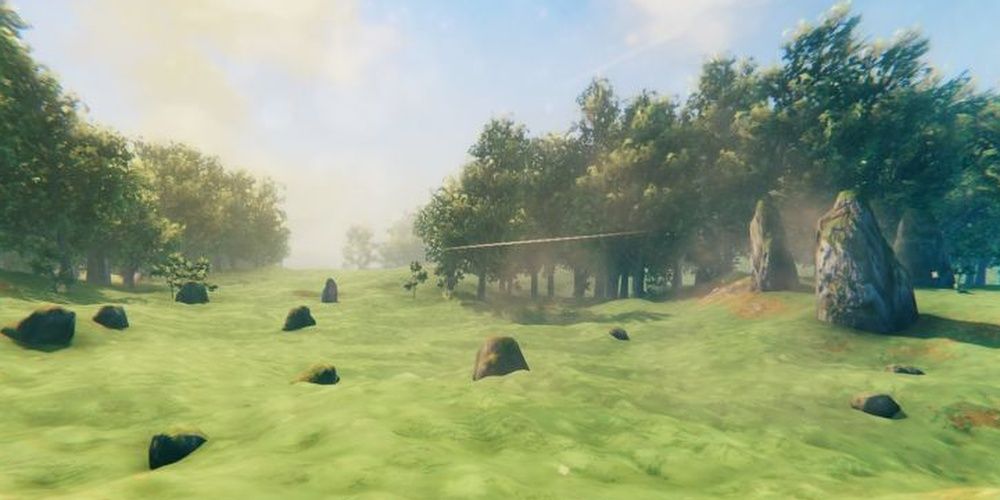
Flint can be very easy to overlook while running through heavily wooded areas. The shadows, bushes, and branches along the forest floor can easily hide flint making forests rough areas to farm it. Thus, open areas or rocky fields are much better for locating the very important resource. Rocks appear as dark gray or black spherical objects. They are fairly easy to identify as rocks, whereas flint can sometimes be hard to spot.
Keep an eye out for light gray/sliver stones that are more oval in shape. These are pieces of flint. Their main difference when compared to rocks is color. They can easily blend into the earth and can be borderline impossible to see in the underbrush of a forest, so try looking in open areas with lots of other rocks to easily spot and gather flint. Though these areas might not have the best spawn rates of flint, they make finding and gathering it much, much easier.

In the Meadows, players will encounter a few basic mobs that won't pose too much of a threat. Greylings are weak and tend to run around a lot instead of attacking, Necks deal low damage and have low health, and the few skeletons a player might find can be outrun. Boars are the greatest threat in the Meadows save for the wandering troll. This all changes when approaching the Black Forest.
RELATED: 10 Mistakes Everyone Makes While Playing Valheim
Players searching for flint should avoid getting too close to the Black Forest as mobs of Grey Dwarfs will be more likely to spawn. Grey Dwarfs have a nearly identical move set to the inferior Greylings, but they deal significantly more damage, especially to unarmored new players. Players trying to establish a base of resources and items should avoid farming for flint near the Black Forest if possible, as many of the enemies will make the process much slower and much more lethal.
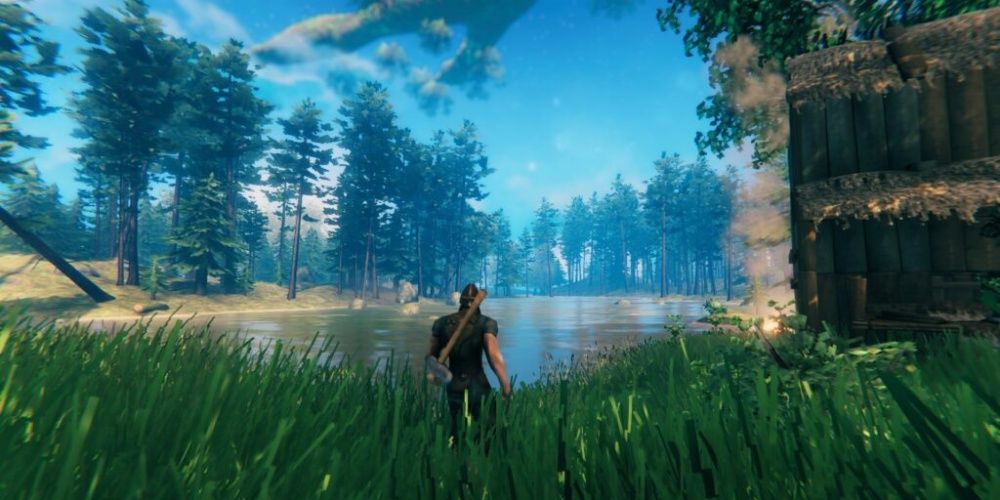
The Meadows are filled with little pockets of water and even a few lakes. Though they aren't as frequent as the forests and open meadows, these areas are fantastic for farming flint. Flint tends to spawn at a higher rate around water and the moist shores and damp soil make the light-colored stones much easier to spot. Players should take the time to circle any bodies of water they come across in the Meadows to gather as much flint as they can.
RELATED: Valheim: 10 Of The Best Map Seeds
The risk with water in Valheim is that it can be deadly for new players in the early-game. Swimming consumes stamina at a staggering rate and players without food may find themselves drowning and losing levels and items. Be sure to stick to the edges of the water and only go for flint that's a little deeper if it can be grabbed without a doubt. Players who stick to searching around watery areas will surely find more flint than those that are simply running blindly through the woods.
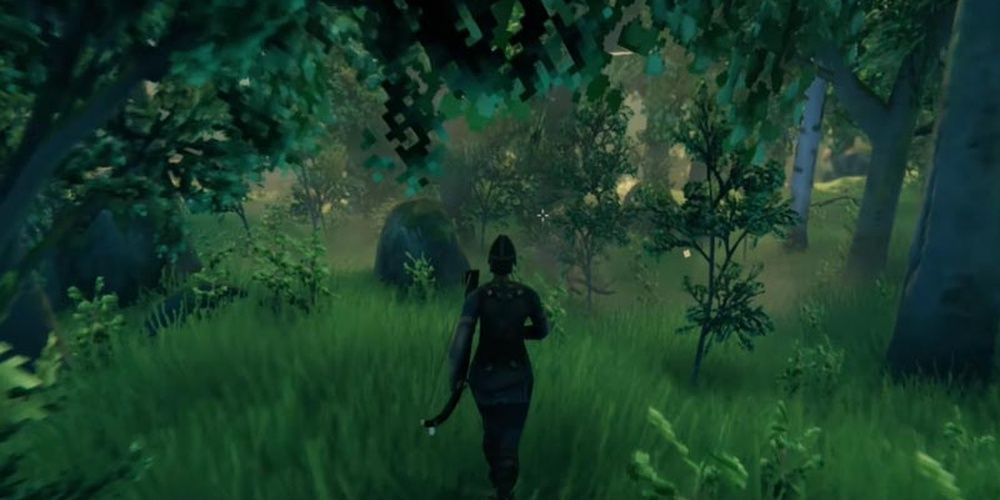
Flint in Valheim can easily blend in with the backgrounds it sits upon. It isn't shiny at all and the best defining feature for it is the silver-grey color of the stone. Visually full areas like forests make spotting flint a challenge in itself. The bushes, mushrooms, and trees can make spotting flint feel like playing I, Spy.
As a result, it's best to just avoid the forested areas in the Meadows altogether, as they don't offer any real advantage to farming flint. They are great for getting wood, rock, and food but flint is gathered easier elsewhere. That said, flint can still spawn in the forest, it just isn't as likely and is much harder to find.
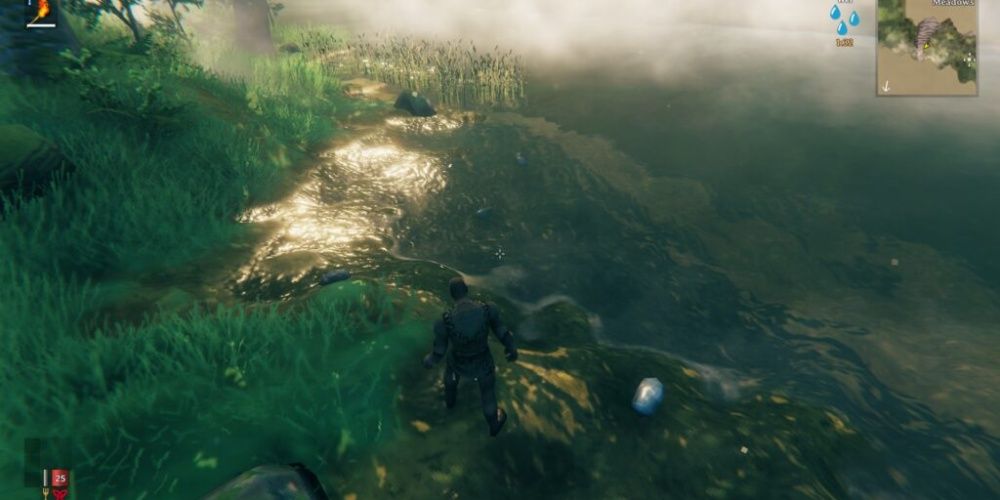
The absolute best area to farm flint in the Meadows is along the coast. The Meadows hug the ocean for large portions of the map, and flint spawns at a higher rate near water. As the shoreline goes on for quite a while, players will definitely want to go beachcombing for flint. There are sure to be Necks in and around the ocean, so players should come prepared for minor fights here and there.
Otherwise, the beaches and shorelines in the Meadows pose little threat to new players so long as they stay out of the ocean itself. Swimming is slow and stamina-consuming, especially in the early game, and getting stuck in the water can lead to an easy and possibly frustrating death. If players are careful with the water and prepared for scuffles with weak enemies, the beaches are the absolute gold standard when it comes to farming flint. They are easy to navigate and can help players should they feel lost. On top of this, they are filled with flint that can carry a player well through the early stages of the game.
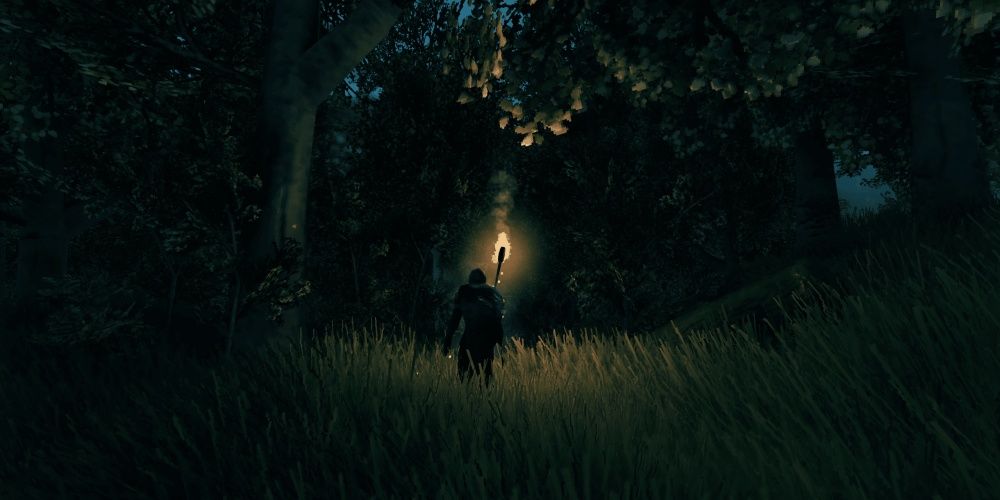
Any location in Valheim, no matter how good it is for farming, becomes extremely dangerous once night falls. Players will often get the "Cold" debuff (unless they have proper clothing) which will cut health regen by 50% and stamina regen by 25%. This isn't terrible to deal with by itself, but it's made worse by the increased spawning of enemy mobs and mobs with higher power levels. More mobs will spawn at night and they will not hesitate to attack players on sight.
A huge part of good resource farming is efficiency. Farming flint at night simply isn't efficient and increases the player's chances of dying significantly, especially if the player is under-geared and underpowered. Thus, unless the player is very confident in their set-up or there is no other option, farming should be kept for the hours of daylight. It's good to build a small shelter and a bed early so that the night can be passed safely, bringing buffs from sleeping clear on into the next day.
NEXT: 10 Things You Should Prioritize In Valheim's Opening Hours

